#streamlined whale ocean liner
Explore tagged Tumblr posts
Text
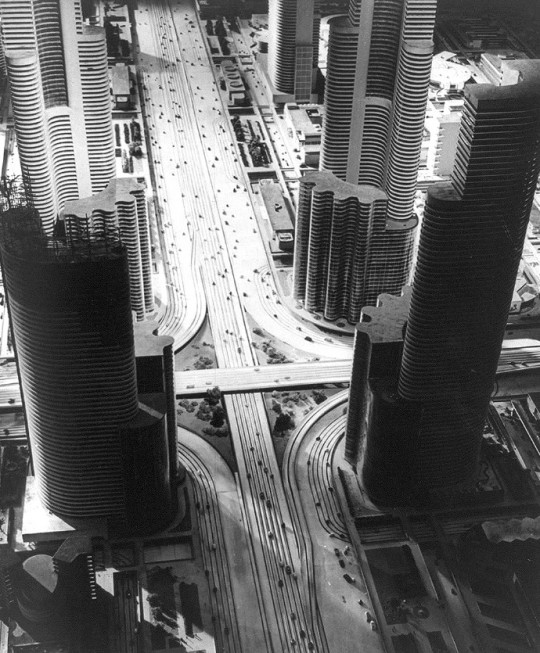
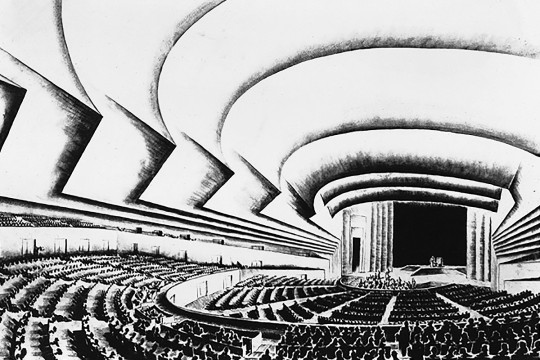
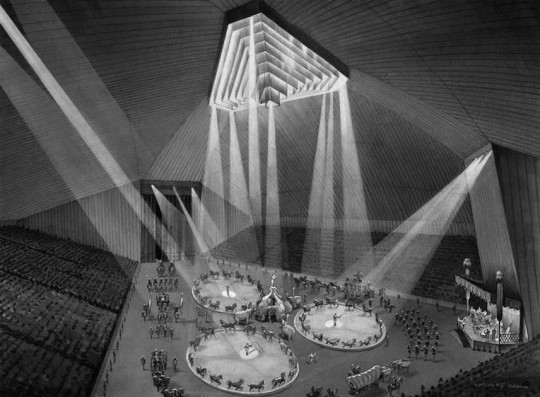
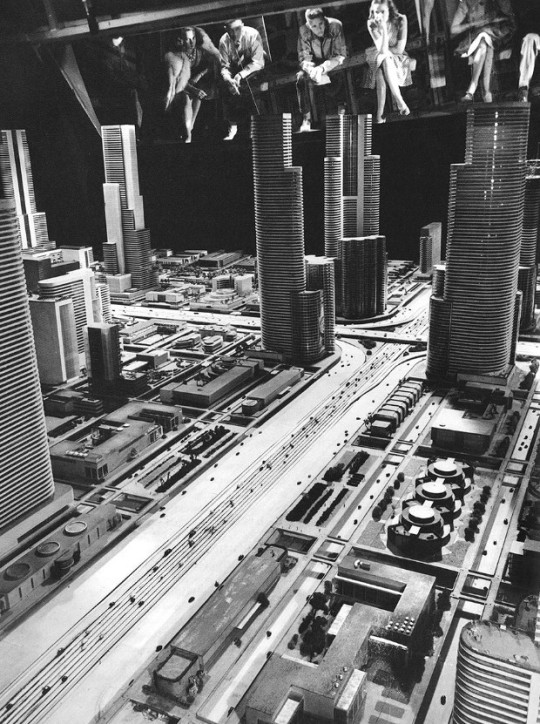
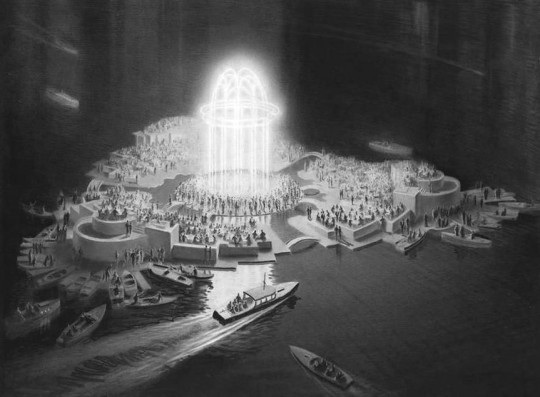
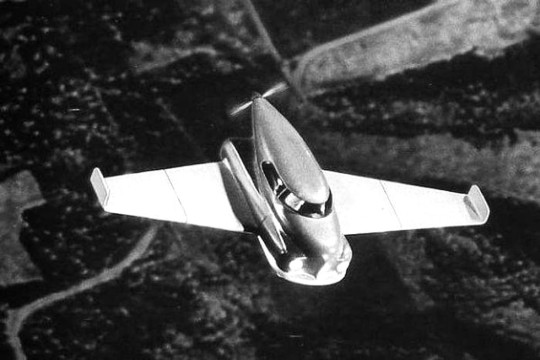
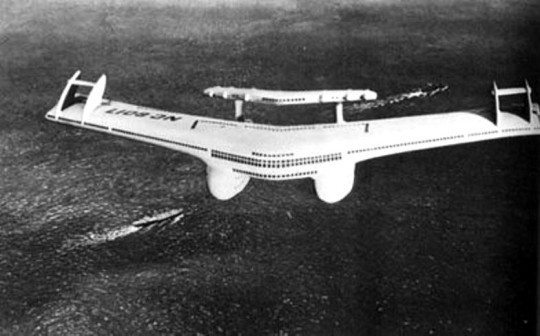


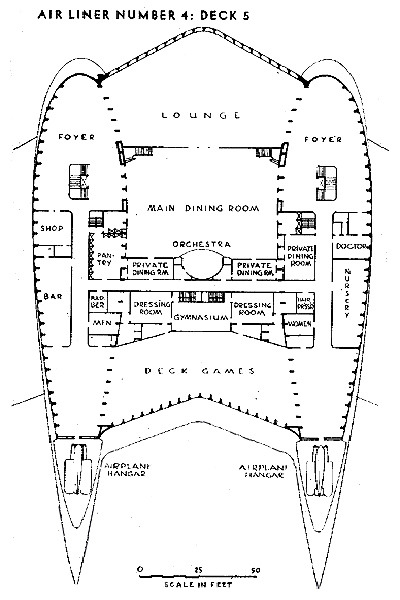

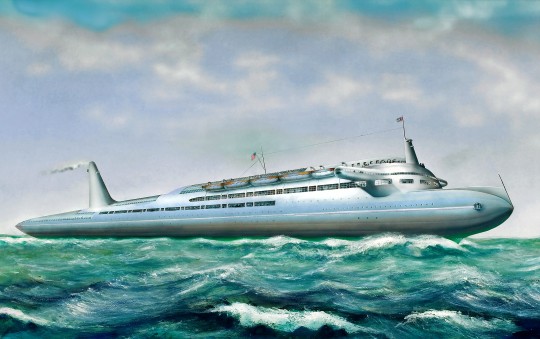
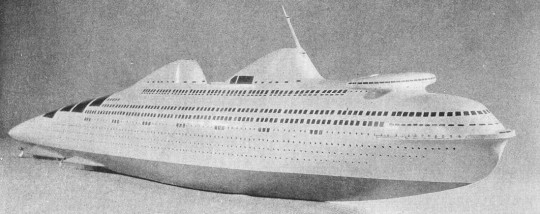

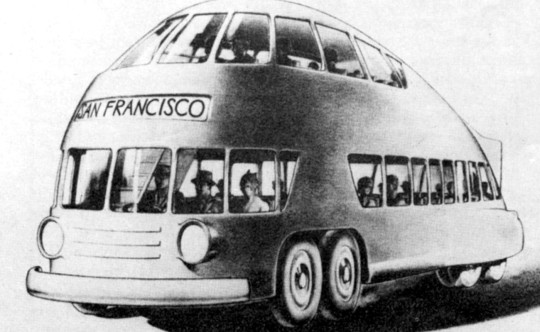
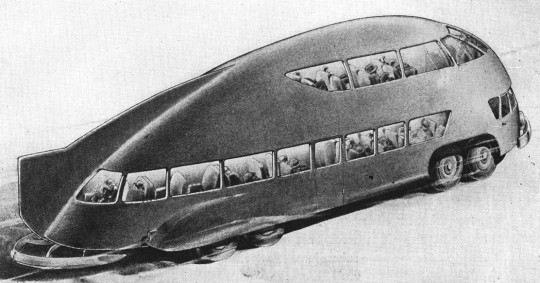



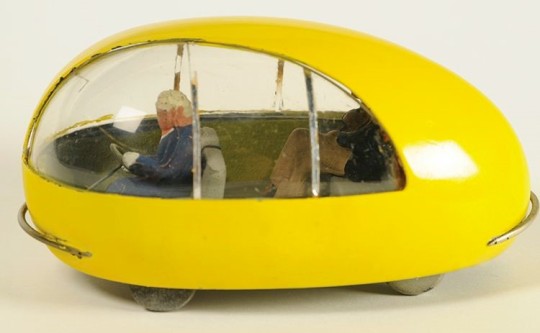
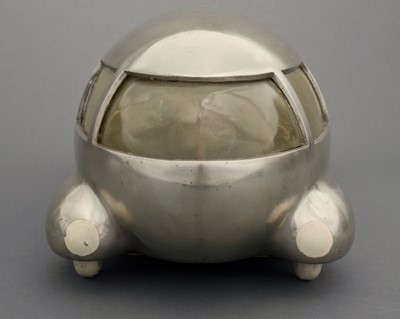
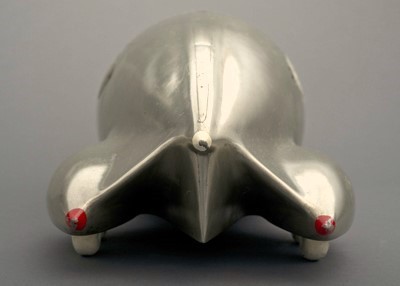
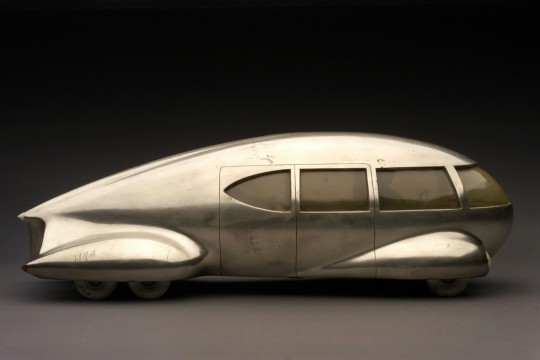
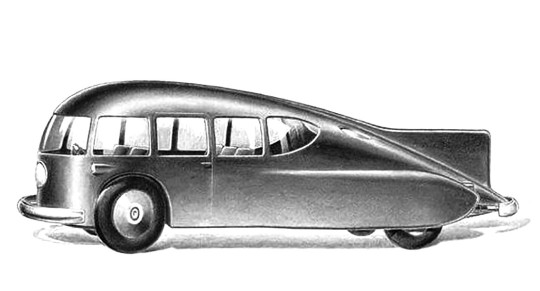

Designs by Norman Bel Geddes (1930s)
#norman bel geddes#industrial design#retro futurism#streamline moderne#art deco#concept art#futurama exhibition#concept cars#airliner no. 4#streamlined whale ocean liner#1939 new york world's fair#1930s
2K notes
·
View notes
Text

The concept model of the 1932 streamlined 'Whale' Ocean Liner, designed by Norman Bel Geddes.

0 notes
Text

Why is this tagged #ocean liners? This is not an ocean liner. In fact, many would argue that this is the antithesis of an ocean liner. It's called a liner because it goes in a line across the ocean. Cruise ships don't do that. They go wherever. Contrary to popular belief, cruise ships are not just modern ocean liners, and the terms are not interchangeable. Here's something I wrote not too long ago explaining the difference.


Now this...
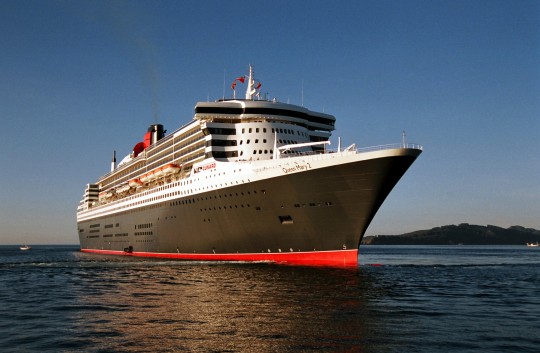
This is a REAL ocean liner. Look at those elegant lines. Look at that streamlined hull. Look at how much freeboard she has. I feel like Eggman from the sa2 dub.
NO WATERSLIDES! NO WHALE TAIL! JUST A THICK RED FUNNEL AND A S T E R N !
Dream journey 🚢
#ocean liners#oceanliner#ocean liner#rms queen mary 2#cruise ships#cruise ships are so ugly#cruise#dream journey#cunard
388 notes
·
View notes
Photo


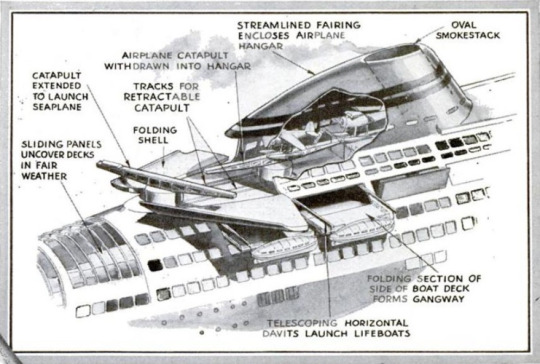
Norman bel Geddes is the father of 1930s’ modernist design and futurism, best known for designing the influential, landmark diplay, General Motors’ Futurama at the 1939 World’s Fair. However, he also created a design for a streamlined, ultrafast ocean liner of the future, the “whale.”
399 notes
·
View notes
Text
Norman Bel Geddes logo. Image from Wikipedia.
Norman Bel Geddes, circa 1925. Image from NYPL Digital Collections.
For October’s reference library update, Driving For Deco brings you a career profile of industrial designer Norman Bel Geddes (1893 – 1958). The article appeared in the July, 1930 issue of Fortune magazine. Bel Geddes began his career as a set and stage designer working for the Metropolitan Opera. In the 1920’s shows he designed included The Miracle and Fifty Million Frenchmen. In the mid 1930’s he would design the set for Sidney Kingsley’s play Dead End.
The Miracle, New York production 1924. Set by Norman Bel Geddes. Image from NYPL Digital Collections.
Norman Bel Geddes set for Dead End, 1935. Sidney Kingsley’s Pulitzer Prize winning play at the Belasco Theater. Image from NYPL Digital Collections.
Turning from the theatre in the late 1920’s Bel Geddes ventured into the brand new field of industrial design. He achieved new fame by redesigning many standard products. Ranging from kitchen appliances, to cars and other forms of transportation, to homes and factories, nothing was too small or too large for Bel Geddes to tackle. In 1932 he authored the book Horizons in which he outlined his theories and ideas.
Horizons by Norman Bel Geddes, 1932. Image from abebooks.com
Today, original 1932 editions of this book are rare and can sell between $250.00 and $950.00.
Norman Bel Geddes ideas for planes, ocean liners and cars went far beyond anything of his time. He took streamlining further than any of his contemporaries. Bel Geddes liked to push limits knowing these designs would never materialize.
Norman Bel Geddes Airliner No. 4 (1929-1932). Image from Keiththomsonbooks.com
“Whale” Ocean Liner designed by Norman Bel Geddes, 1932. Image from oobject.com
Locomotive No. 1 by Norman Bel Geddes, circa 1932. Image from oobject.com
Norman Bel Geddes Motor Car No. 9, circa 1932.
Of all the designs that Norman Bel Geddes created, three are most accessible to collectors today. The 1938 Soda King Syphon bottle, Revere’s magazine stand and the iconic “Manhattan” cocktail set are available with a good deal of cash.
Bel Geddes – Paxton Soda King, White. 1938
Norman Bel Geddes’ magazine stand for Revere. Image from einnasirrod.com
The Manhattan cocktail set for Revere designed by Norman Bel Geddes. Image from the Museum of Fine Arts of Houston.
Futurama brochure, 1939. Image from oldcarbrochures.com
The best showcase for industrial designers in the 1930’s was the 1939 New York World’s Fair. Bel Geddes created its most popular exhibit, General Motors, Futurama. This massive display provided a glimpse into 1960 America in a simulated coast-to-coast airplane flight. Massive highways with radio controlled cars provided access to cities with different levels for automobiles and pedestrians. There would also be plenty of green space to spend leisure time. Industrial zones would be a good distance away from residential neighborhoods. Many of the ideas that Bel Geddes designed for Futurama would come to fruition in the 1950’s and later.
Norman Bel Geddes General Motors Pavillion at the 1939 New York World’s Fair. Image from The New York Times.
#gallery-0-6 { margin: auto; } #gallery-0-6 .gallery-item { float: left; margin-top: 10px; text-align: center; width: 50%; } #gallery-0-6 img { border: 2px solid #cfcfcf; } #gallery-0-6 .gallery-caption { margin-left: 0; } /* see gallery_shortcode() in wp-includes/media.php */
Part of the massive Futurama exhibit. Image from NYPL Digital Collections.
The city of 1960 as conceived by Norman Bel Geddes for Futurama. Image from Skyscraper.org
To read the Fortune article profiling Norman Bel Geddes industrial design career, click on the cover below.
July, 1930 Fortune Magazine
Anthony & Chris (The Freakin’, Tiquen’ Guys)
Reference Library Update – Bel Geddes
#"Whale" Ocean Liner#1939#Airliner No. 4#Futurama#Industrial Design#Locomotive No. 1#Manhattan Cocktail Set#Motor Car No. 9#New York World&039;s Fair#Norman Bel Geddes#Revere Magazine Stand#Set Design#Soda King
0 notes